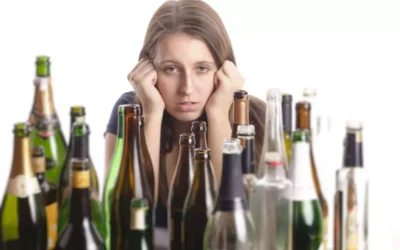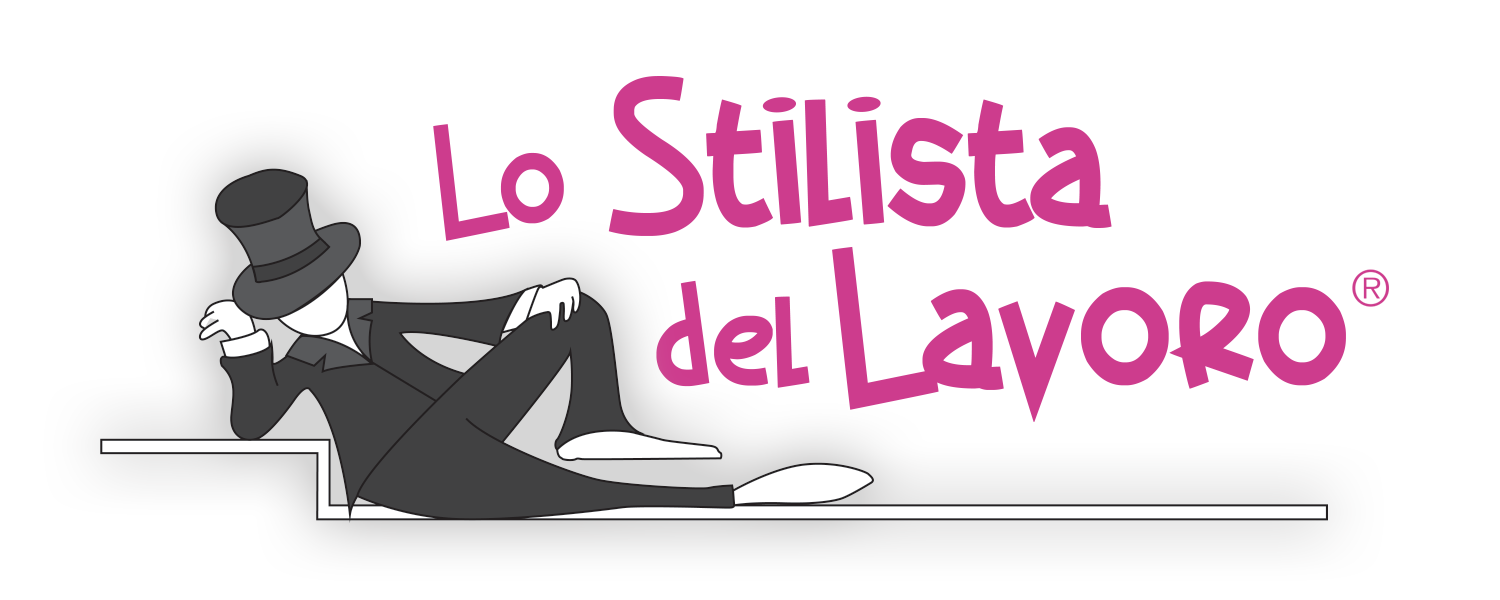Content
Logistic regression analyses with the sleep variables as the outcome variable, and alcohol variables as the main exposure, were performed in Stata v15, adjusting for age. Models were carried out separately for the different alcohol measurements, and were stratified by men and women. Participants were considered to be chronically hazardous drinkers if they were AUDIT-C positive on three of more data collection phases (in the retrospective alcohol life-course grid).
- It’s harder to wake the person as they become unresponsive to outside stimuli.
- During three decades of follow-up, repeated measures were obtained via a self-completed questionnaire of insomnia symptoms and sleep duration and repeated measures of alcohol consumption and problem drinking.
- However, even small amounts of alcohol can have noticeable effects in some people.
- 30.5% men and 12.8% women scored more than 5 on the AUDIT score, indicating hazardous drinking.
- Though alcohol may help you fall asleep faster, it can disrupt the important REM stage of your sleep cycle, leading to lack of sleep or sleep disorders like insomnia.
In this study, one of the subjects had nightmares of hallucinatory intensity during alcohol withdrawal and with 100% Stage 1-REM sleep. As DTs ended, recovery sleep set in as a response to sleep deprivation in most of these patients. However, a subset of patients may have fragmented sleep and disturbances of consciousness that predict a guarded prognosis for future insomnia and alcoholism episodes of DTs (Kotorii et al., 1982, Nakazawa et al., 1981). In addition to the electrophysiologic mechanisms of sleep, Borbely and colleagues postulated a two-process model of sleep regulation (Borbely, 1982). In brief, this model posits that sleep is a function of two independent mechanisms, namely homeostatic sleep drive and circadian rhythmicity.
Get help for alcoholism today.
For this reason, a person may need to drink increasing amounts to fall asleep, increasing the risk of alcohol abuse and addiction. Sleep disorders like insomnia can co-occur with alcohol abuse, and treating insomnia can improve a person’s sleep quality while in recovery. Unfortunately, alcohol withdrawal can quickly lead to insomnia or “sleeplessness.” In fact, it is one of the most common symptoms after discontinuing alcohol use. Alcohol withdrawal insomnia can continue until the primary problem (i.e., alcohol consumption) is addressed or resolved or until the alcohol is completely out of your system. But, anything (known or unknown) that disrupts your circadian rhythms (sleep/wake cycles or internal clock) can cause “sleeplessness” or insomnia. Heavy consumption of alcohol over an extended period of time leads to increased tolerance and this tolerance is accompanied by adaptation of the neurotransmitter systems5.

REM sleep is also affected by acute and chronic use, but may be more sensitive to the pattern or quantity of recent use and time from last use, as results vary more among studies. Also linking these abnormalities are connections with ongoing use and relapse. However, treatment with typical sleep promoting agents that increase sleep time or efficiency by increasing light sleep may be counterproductive. Studies examining the effect of cannabis on objective sleep measurements obtained either by an experienced observer rating sleep by polysomnography (PSG) largely confirm the subjective reports. For instance, an observer-rated study showed that administration of 10, 20, or 30 mg of THC decreased total time to fall asleep [60], and a PSG study showed both shorter sleep latency (SL) [150], and decreased time awake after sleep onset (WASO) [160]. However, other studies have not observed a decrease in sleep latency or wake time after sleep onset [75].
Cannabis
Well, if you have turned to alcohol to help you sleep or if you have an “alcohol habit” and find it nearly impossible to sleep, then you may want to check out Somnus Therapy. Somnus Therapy is an expert-crafted online sleep program designed to help you recapture those zzz. This episode of The Verywell Mind Podcast, featuring neurologist and sleep expert Chris Winter, shares strategies for sleeping better at night. Working on your sleep hygiene is another way to help prevent or reduce insomnia. These are changes you can make to your environment and routine to help promote sleep.
In the long-term, however, it can be detrimental to one’s mood, energy level, physical and mental health, work performance, and quality of life. PSG studies of cannabis withdrawal have demonstrated increases in sleep onset latency and wakefulness after sleep onset [27, 28, 75, 77, 78, 175] (Table 2). Total sleep time, sleep efficiency, and slow-wave sleep time is reduced [1, 27, 28, 75, 78] (Table 1), and REM sleep is increased (REM rebound) [74, 75, 77, 108, 160, 175]. In chronic users of cannabis, the effects of cannabis on objectively measured sleep are notably different. With chronic use, individuals develop tolerance to most of the effects observed in naïve users, including its sleep-inducing effects and slow-wave sleep enhancement [25, 78, 111, 163]. The tolerance to REM sleep changes, however, appears to be relatively muted [75].
How to Fall Asleep Without Drinking Alcohol
However, large studies have found sleep difficulties lasting for longer periods, such 43 days [58], and strange dreams in particular lasting for as long as 45 days [44]. Returning to cannabis use (or using alcohol or other sedatives) to promote sleep is commonly observed [58]. This common and troubling symptom is often enough to lead people to relapse during this first stage of recovery, but it can be treated with the help of medical detox professionals. You don’t need to suffer through restless nights to achieve abstinence – let the team at Kinkaid Private Care help you through this difficult phase in recovery and overcome insomnia and alcohol withdrawal.

Experts also suggest building in a buffer zone of at least a few hours between drinking and bedtime. “It’s probably OK to have a glass of wine with dinner four hours before bed,” Dr. Abbott said. Later in the night, as alcohol levels drop, your brain kicks into overdrive. “As the levels decline, you’re going to get more issues with the fragmentation,” said Dr. R. Nisha Aurora, a member of the board of directors of the American Academy of Sleep Medicine.
In another study, a higher prevalence rate of SDB was seen in treatment-seeking patients with AD (41%), as compared to control subjects (23%). In this study, SDB was a significant contributor to sleep disturbance in a substantial proportion of male AD subjects above the age of 40 years (Aldrich et al., 1993). To the best of our knowledge, there is no data on the association of AD with central sleep apnea in the absence of other risk factors, such as comorbid congestive heart failure and opioid use. Data on REM latency in persons with alcohol use disorders is more limited but also show some discrepancies. For instance, while some studies report that REM latency is decreased during the second week of abstinence [69, 106], as well as up to two years later [69], other studies do not report differences in REM latency [26, 32] (Table 2).
- Several treatment options can help to make your detox safe, comfortable, and restorative.
- The first treatment for insomnia in recovery is sobriety, and many patients will see improvement.
- These include breathing issues like sleep apnea, which is linked to drinking.
His research and clinical practice focuses on the entire myriad of sleep disorders. If you or a loved one are suffering from Insomnia that you believe is tied to an alcohol use disorder, then your problem is likely more severe than you realize. The major issue is that people may not feel the negative effects at first.
